
A new comparative study shows that scientific CMOS (sCMOS) cameras could rival traditional CCD detectors in certain Raman CARS spectroscopy applications, offering faster readout and dynamic range despite slightly higher noise levels.

A new comparative study shows that scientific CMOS (sCMOS) cameras could rival traditional CCD detectors in certain Raman CARS spectroscopy applications, offering faster readout and dynamic range despite slightly higher noise levels.

Researchers from Guangdong Polytechnic Normal University highlight how combining Raman spectroscopy with machine learning enables rapid, non-destructive, and highly accurate analysis of fruit quality, offering transformative potential for food safety and agricultural diagnostics.

In this interview segment, Robert Ewing discusses how his contactless method improves on traditional drug detection techniques and how the VaporID technology remains adaptive to emerging synthetic variants.

DOGE-related federal funding cuts have sharply reduced salaries, lab budgets, and graduate support in academia. Researchers view the politically driven shifts in priorities as part of recurring systemic issues in U.S. science funding during administrative transitions. The impact on Federal laboratories has varied, with some seeing immediate effects and others experiencing more gradual effects. In general, there is rising uncertainty over future appropriations. Sustainable recovery may require structural reforms, leaner administration, and stronger industry-academia collaboration. New commentary underscores similar challenges, noting scaled-back graduate admissions, spending freezes, and a pervasive sense of overwhelming stress among faculty, students, and staff. This article addresses these issues for the analytical chemistry community.
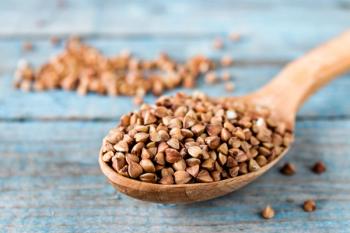
Published in Food Chemistry, researchers from Jiangsu University of Science and Technology and Jimei University use near-infrared (NIR) spectroscopy and machine learning to tackle food adulteration and enhance quality control.
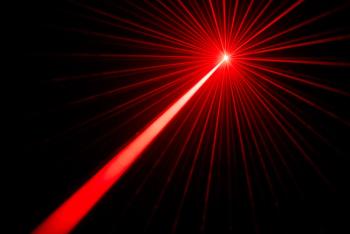

Top articles published this week include an interview series with Robert Ewing of the Pacific Northwest National Laboratory, a news article on using infrared (IR) cameras to see invisible methane leaks, and an article about the role of vibrational spectroscopy in analyzing plant-based food products.

In Part II of our three-part interview with Robert Ewing, he reviews the results of the Nogales border test.

Researchers at Heilongjiang University have developed a rapid and accurate method for detecting sweeteners in food using Raman spectroscopy combined with a Random Forest machine learning algorithm, offering a powerful tool for improving food safety.

Researchers in Scotland have developed a drone-mounted infrared imaging system that can detect and map methane gas leaks in real time from up to 13.6 meters away. The innovative approach combines laser spectroscopy with infrared imaging, offering a safer and more efficient tool for monitoring pipeline leaks and greenhouse gas emissions.

Researchers from institutions in Brazil harness near-infrared spectroscopy and machine learning to determine cocoa content with precision.

Researchers from Jiangsu University and Jimei University developed an advanced FT-NIR-based method for food safety monitoring, achieving over 97% accuracy in identifying multiple oil-based contaminants in peanut oil.

In the first part of a three-part interview, Robert Ewing discusses the core technology behind the VaporID system, explains how the system differs from current IMS systems, and describes the challenges the team faced in miniaturizing the VaporID device into a portable, microwave-sized system.

The U.S. Department of Energy’s Pacific Northwest National Laboratory’s (PNNL) VaporID, which is a newly developed portable air sampling system incorporating a miniaturized mass spectrometer (MS), can detect trace levels of fentanyl, methamphetamine, cocaine, and even explosives like TNT with great accuracy.
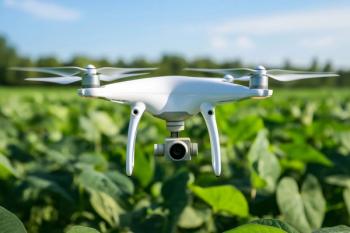
Researchers in Northeast China have demonstrated a new approach using drone-mounted multispectral imaging to monitor and predict soybean bacterial blight disease, offering a promising tool for early detection and yield protection.

A new review highlights how vibrational spectroscopy techniques like FTIR, NIR, and Raman offer rapid, non-destructive tools for accurately analyzing plant-based protein content and structure.

Researchers at Xi’an Jiaotong University have demonstrated that ATR-FTIR spectroscopy, combined with histological analysis and machine learning, can accurately distinguish between drowning and strangulation in forensic cases.
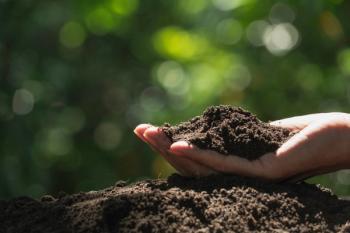
A new study published in Geoderma demonstrates that combining soil spectroscopy with radar-derived vegetation indices and environmental data significantly improves the accuracy of soil organic carbon predictions in Brazil’s semi-arid regions.

A Virginia Tech study has combined drone-mounted NIR hyperspectral imaging (400 nm to 1100 nm) and AI to estimate soil moisture at root depths with remarkable accuracy, paving the way for smarter irrigation and resilient farming.

A new study published in the Journal of South American Earth Sciences reveals how microbial activity, low pH conditions, and sediment chemistry in Brazil’s São Carlos Shale uniquely preserved diverse Upper Cretaceous fossils, offering fresh insights into the paleoenvironment of the Bauru Basin.
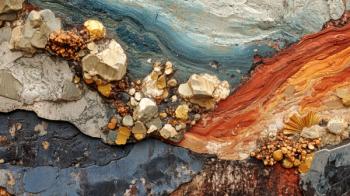
This study used three distinct sample preparation techniques to examine the metal content of geological rocks.

In a press release, CRAIC Technologies announced the launch of its novel maceral identification solution that is designed to improve coal analysis. This new system contains high-speed imaging, servo-driven scanning, and intelligent software that work together to generate more accurate maceral analysis.

A recent study presented a dual-method approach combining confocal micro-Raman spectroscopy and Nile Red-assisted fluorescence microscopy to enhance the accuracy and throughput of microplastics detection in environmental samples.

The Society for Applied Spectroscopy (SAS) recently announced the 2025 Fellows Award recipients. Here's a rundown of who was selected and their contributions to the field of spectroscopy.

Machine learning models and spectral analysis provide a scalable alternative to conventional trace metal detection.

A new review article highlights how researchers in Moscow are integrating machine learning with optical spectroscopy techniques to enhance real-time diagnosis and surgical precision in central nervous system tumor treatment.

A recent study showcases a cost-effective, ecofriendly UV spectrophotometric method enhanced with dimension reduction algorithms to accurately quantify veterinary drugs dexamethasone and prednisolone, offering a sustainable alternative to traditional analysis techniques.

Spectroscopy spoke to Lingyan Shi of the University of California San Diego, about her team's research exploring a noninvasive cancer classification tool.
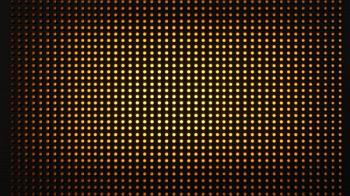
A recent study reports high-purity blue emission and thermal stability in novel lanthanum (III) complex synthesized via low-energy precipitation method.
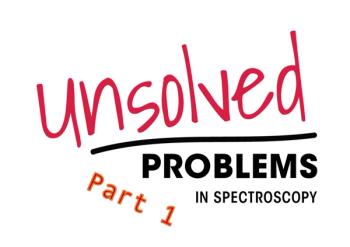
This tutorial examines the modeling of diffuse reflectance (DR) in complex particulate samples, such as powders and granular solids. Traditional theoretical frameworks like empirical absorbance, Kubelka-Munk, radiative transfer theory (RTT), and the Hapke model are presented in standard and matrix notation where applicable. Their advantages and limitations are highlighted, particularly for heterogeneous particle size distributions and real-world variations in the optical properties of particulate samples. Hybrid and emerging computational strategies, including Monte Carlo methods, full-wave numerical solvers, and machine learning (ML) models, are evaluated for their potential to produce more generalizable prediction models.